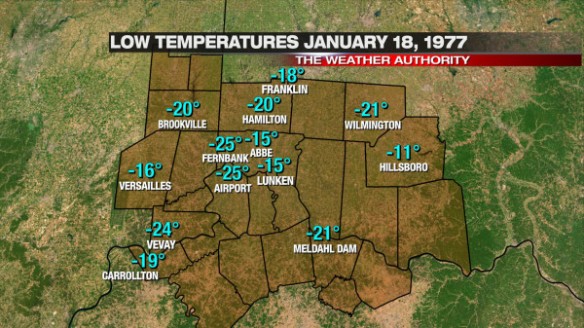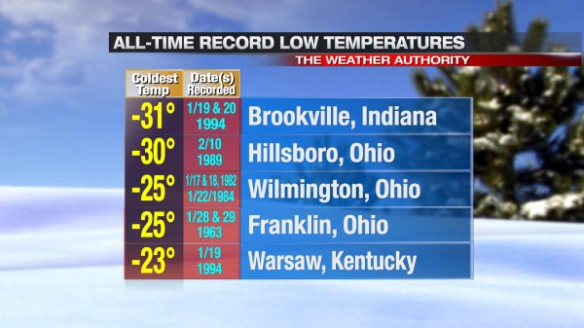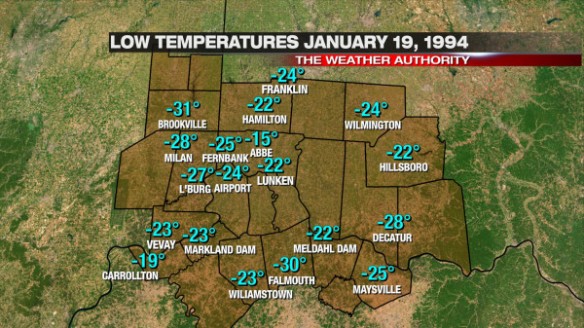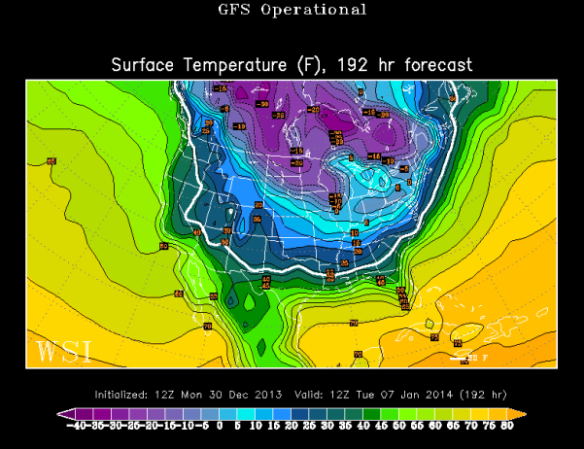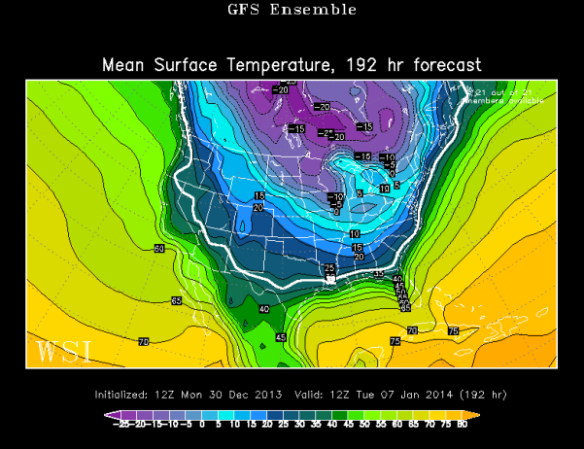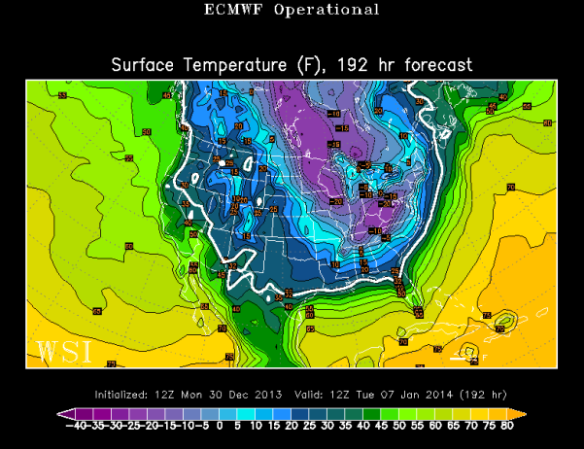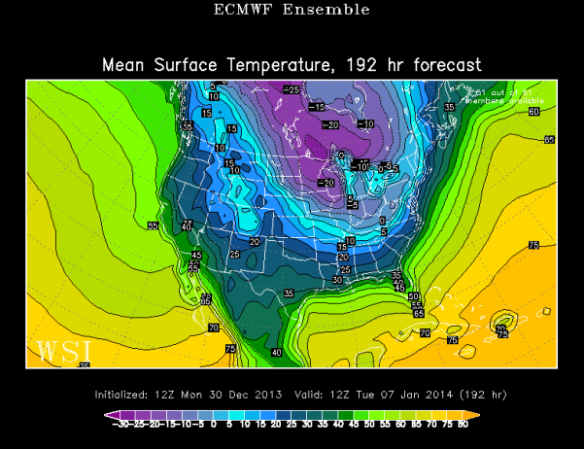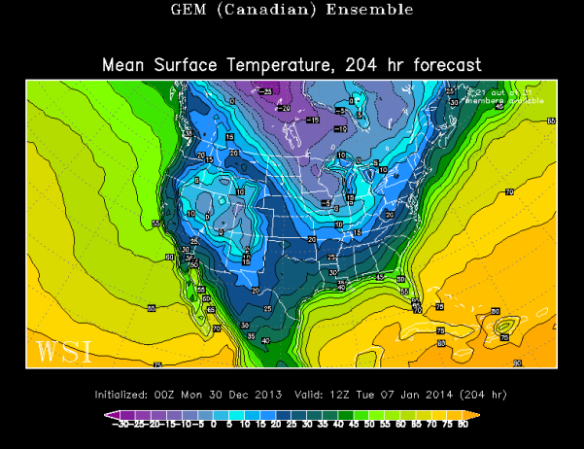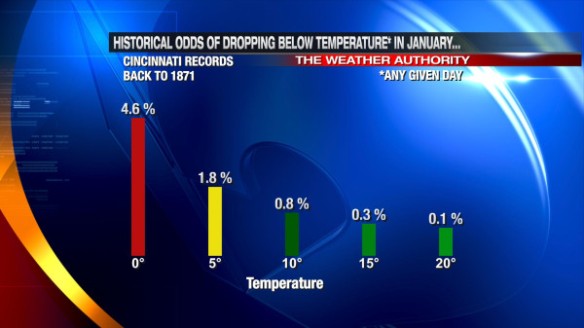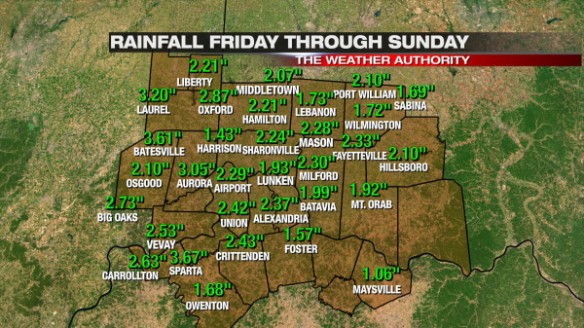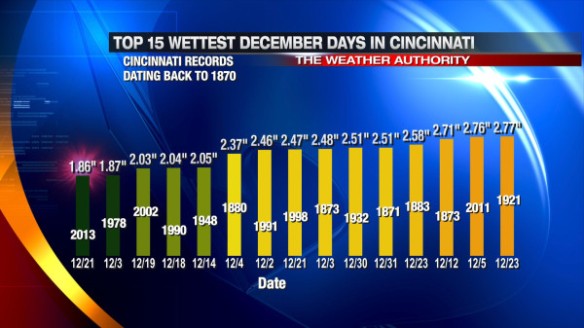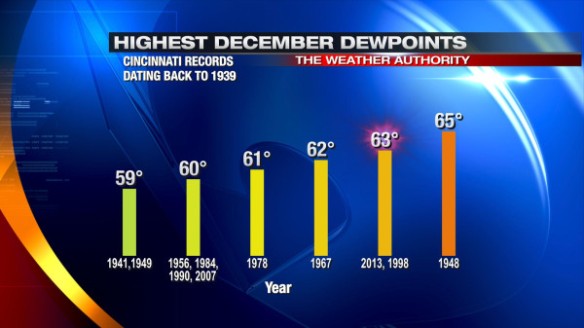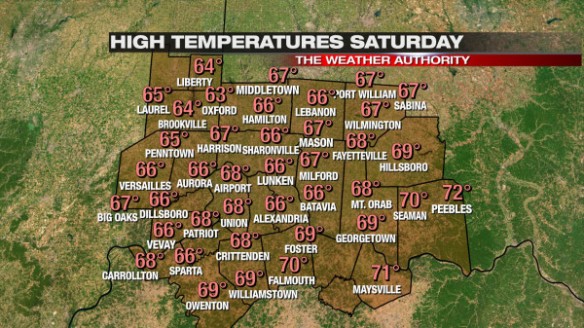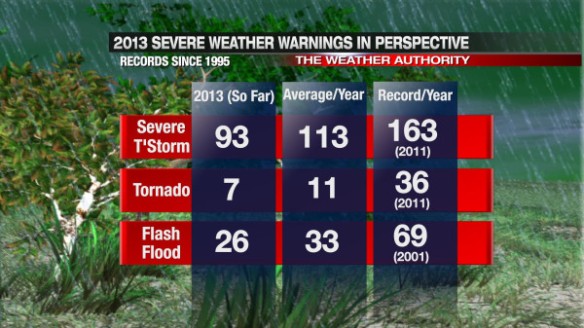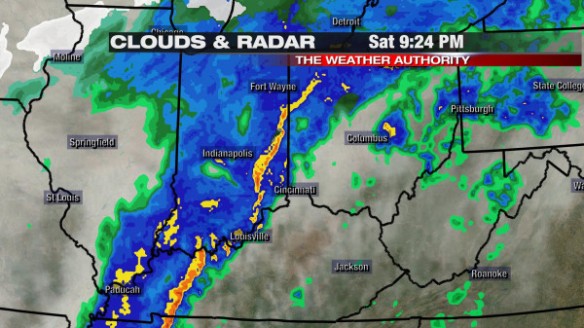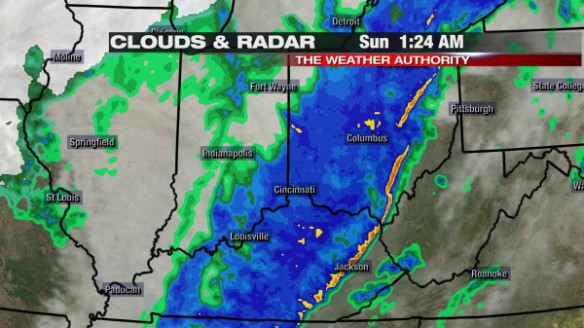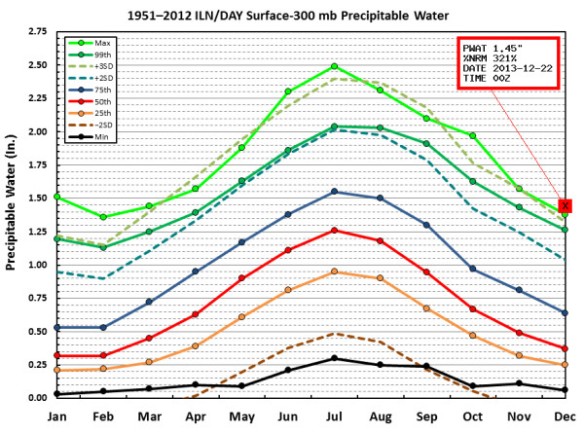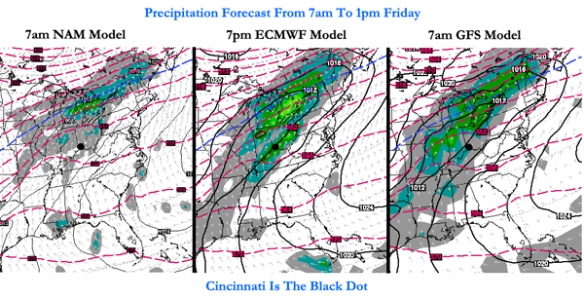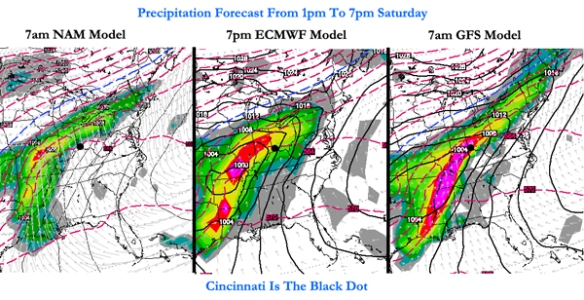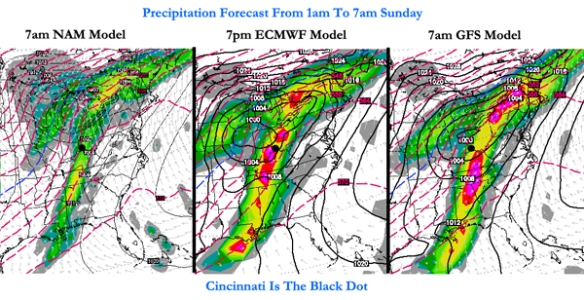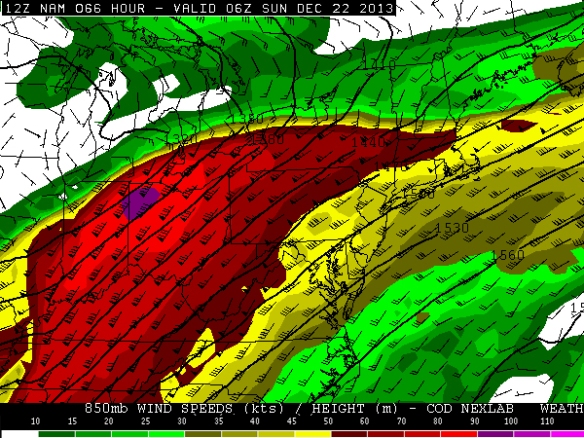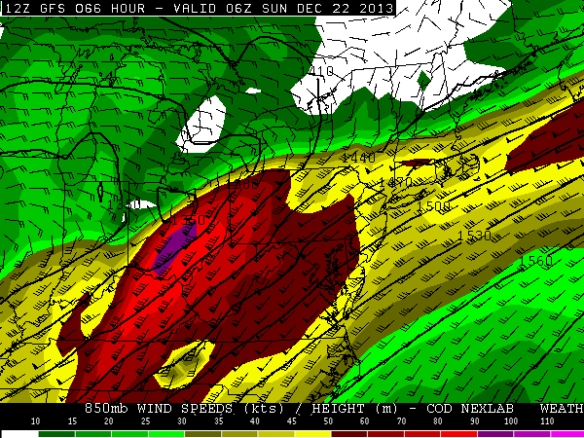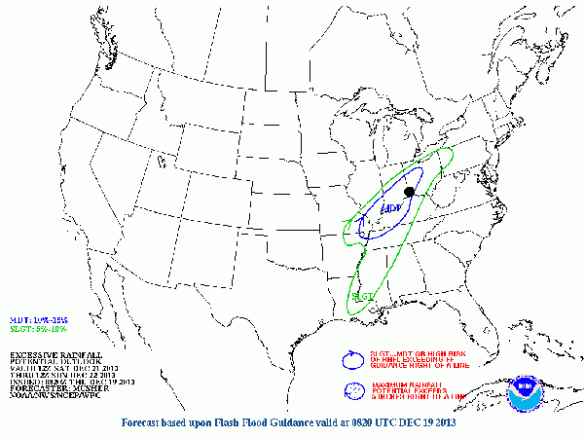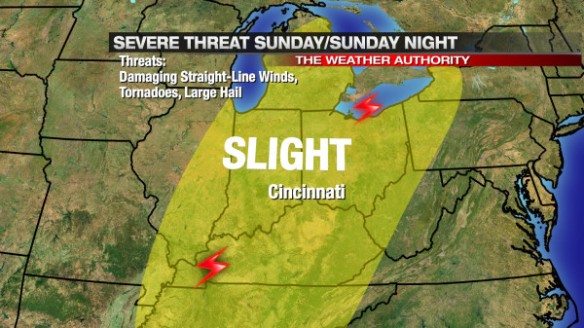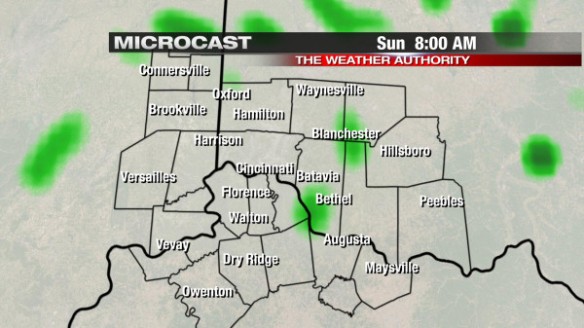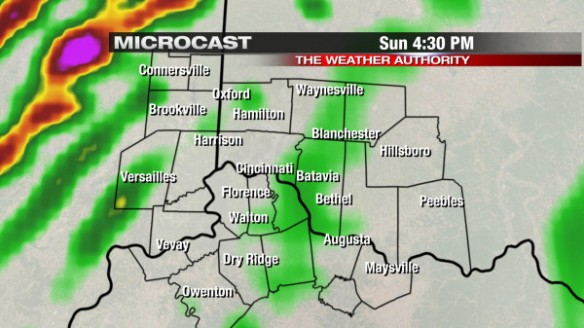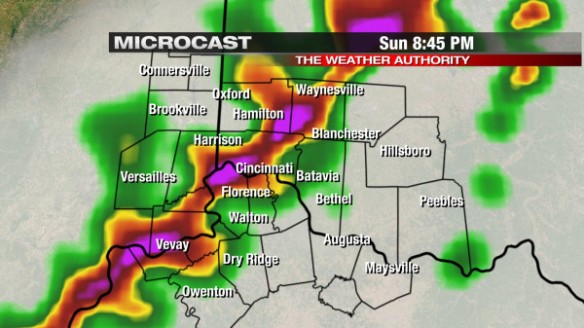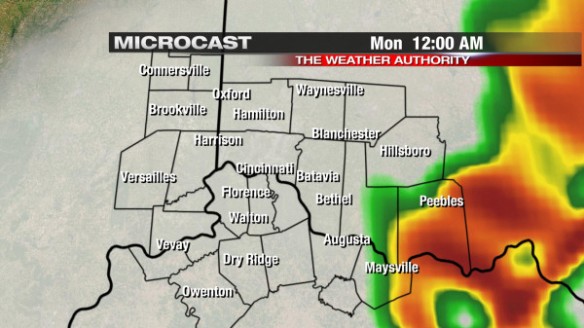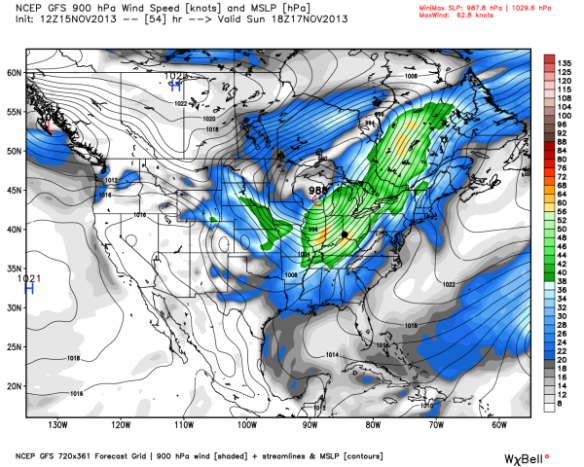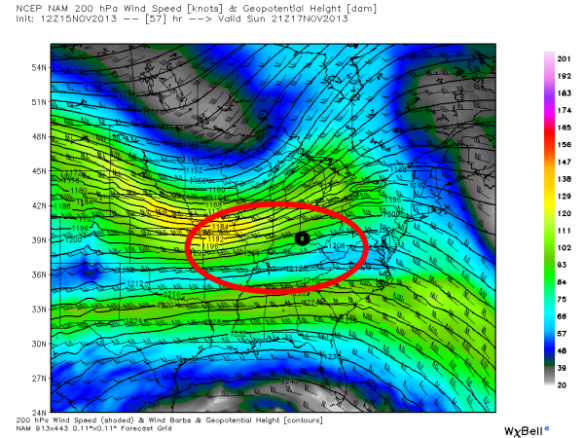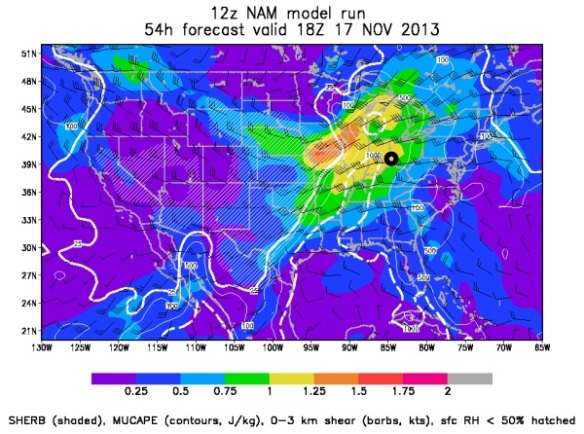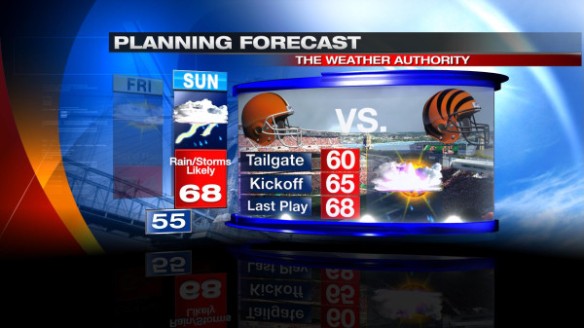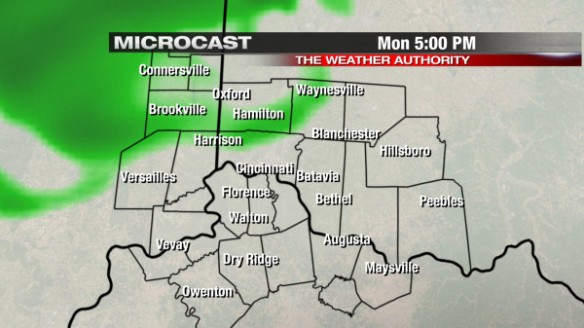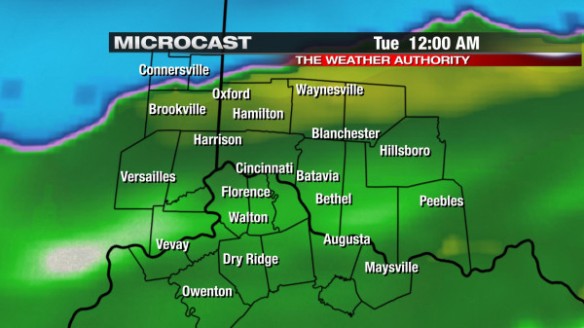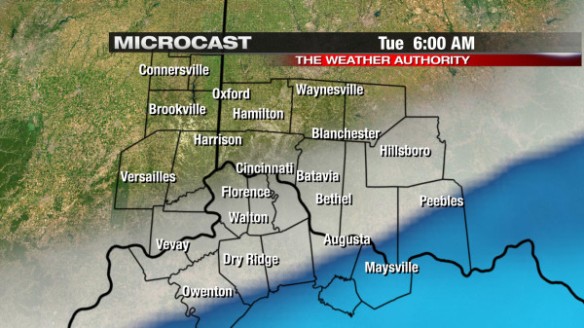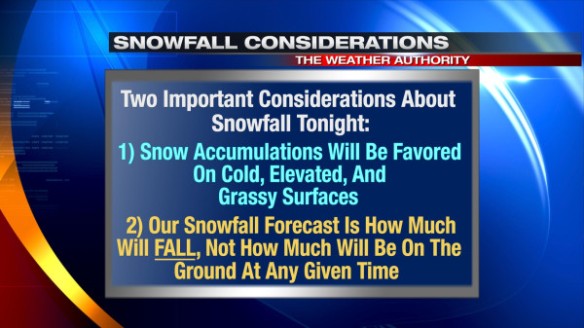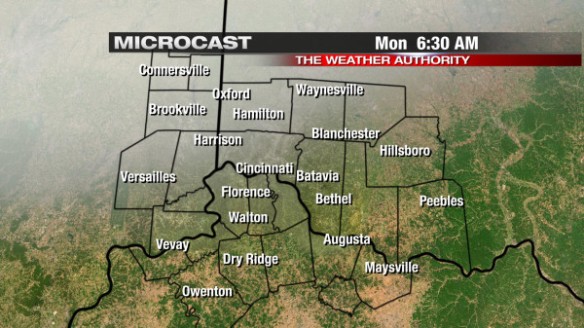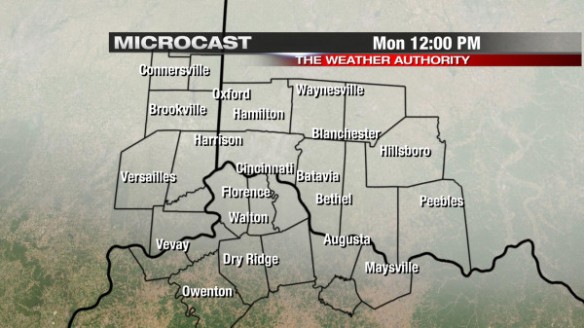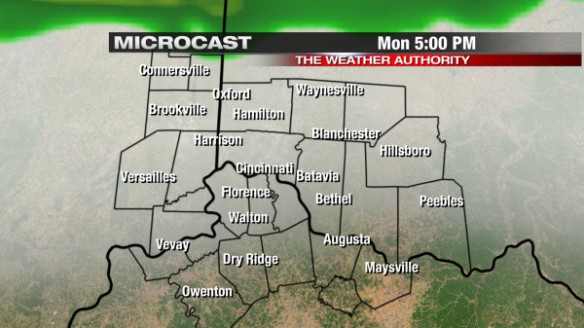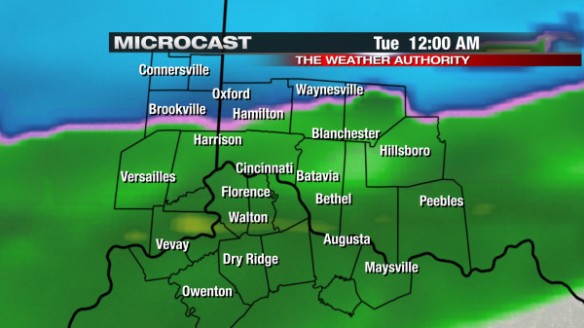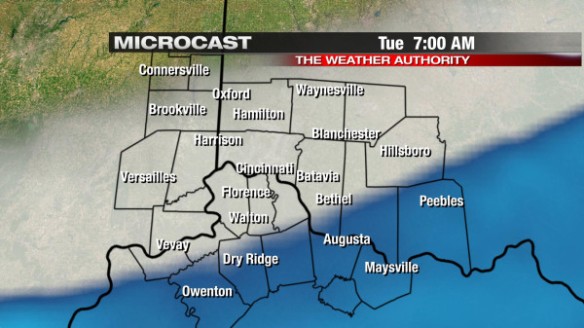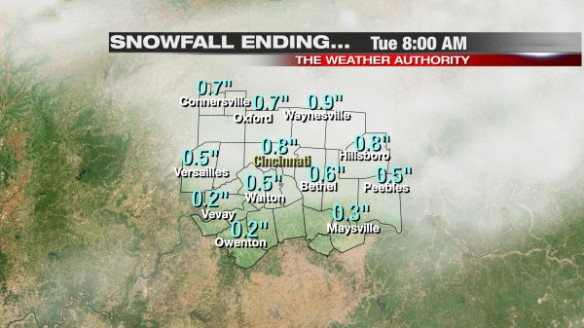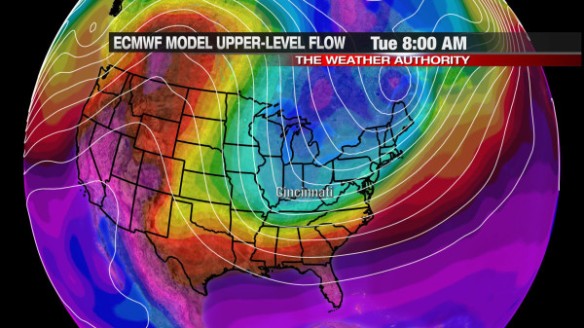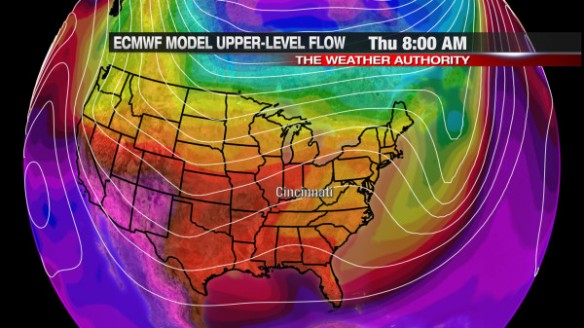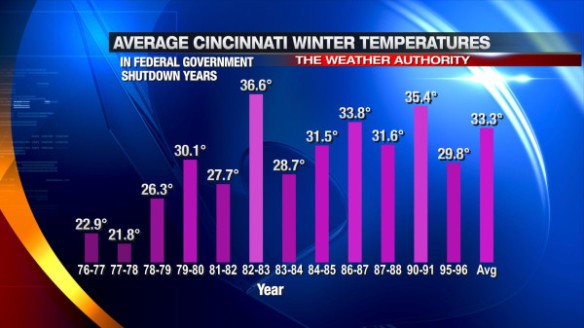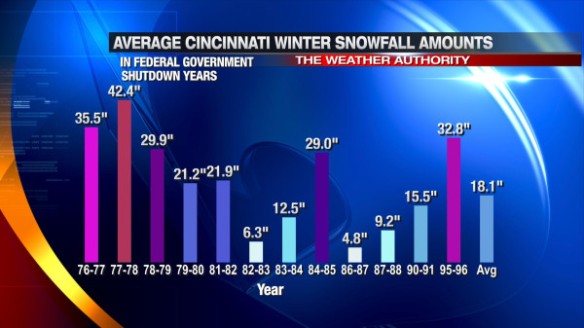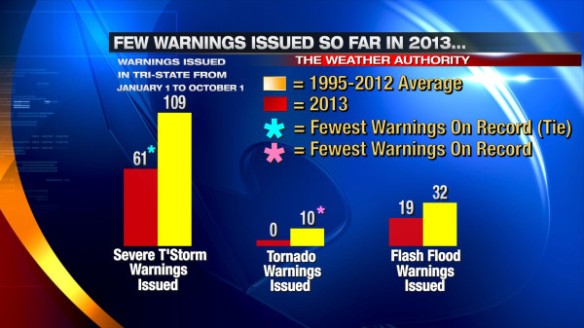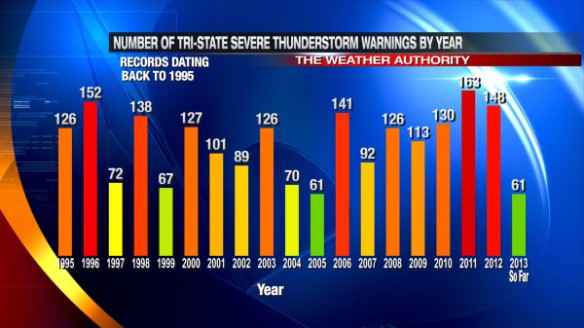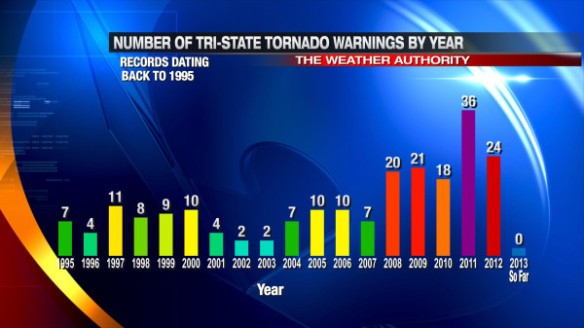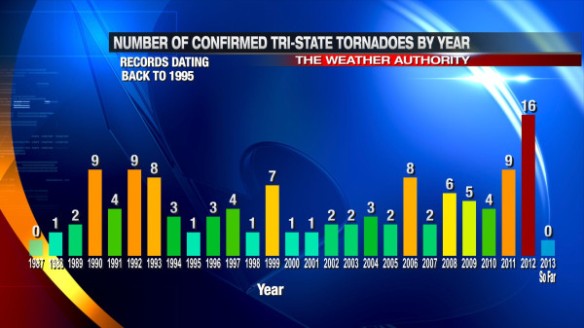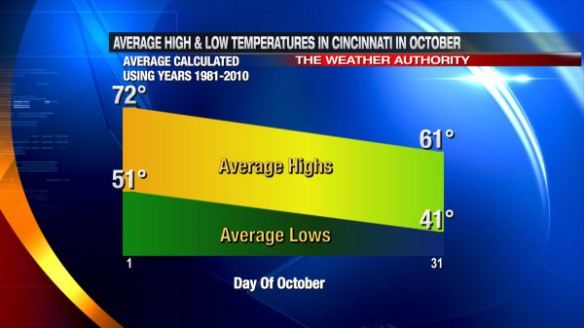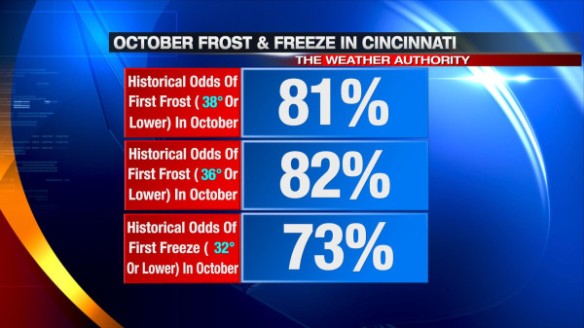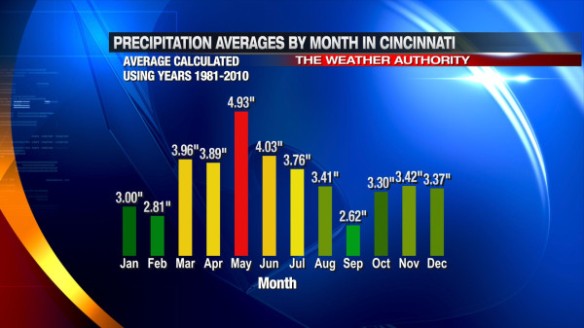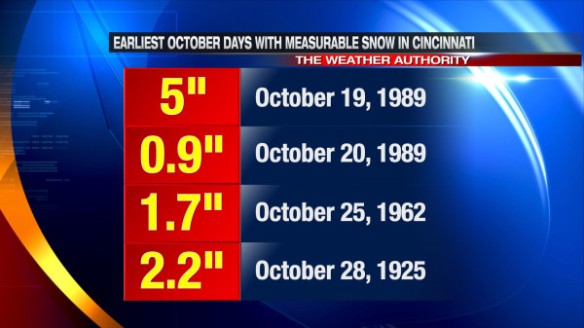In Cincinnati, the month by which all cold or snowy months are measured against is January 1977. Those who have lived in Cincinnati for decades – regardless of when they were born in the 20th century – will tell you the winters of 1977 and 1978 were the coldest and snowiest. The average high temperature that month was 22°; the average low temperature was 2°. In January 1977, the low temperature dropped below 0° 16 days, and the high temperature didn’t even get to 0° one of those days. Over 30″ of snow fell that month, and 13 days of that month began with 10″+ of snow on the ground. It was cold.
That cold has stood the test of time. 37 years later, 3 of the top 4 coldest early morning low temperatures in Cincinnati were set in January 1977:
In the mid 80s and 90s, sharp cold shots and a deep snowpack over the Ohio Valley allowed the temperature to dip to -20° or colder, but those cold blasts were not as prolonged as the cold of January 1977.
Two of the coldest daily low temperatures on record in Cincinnati were set on consecutive nights. The all-time coldest low temperature for Cincinnati was set on January 17, 1977 (-24°); the following night – January 18, 1977 – the temperature dropped to -25° at the Cincinnati/Northern Kentucky International Airport, which was the new all-time coldest low temperature recorded. Prior to these days, the all-time record low for Cincinnati was -19°, set on January 24, 1963.
The official climatological summary from the National Weather Service shows the all-time record low from January 18th (yellow) and all-time record lowest average temperatures from January 17th and 18th (red) highlighted with an asterisk:
Using the average temperature as a measure, January 16th, 17th, and 18th of 1977 is the coldest 3-day stretch on record in Cincinnati.
-25° still stands as the all-time record low temperature for the Queen City to this date. Several spots in the Tri-State were just as cold as the International Airport that mid-January morning, but others were not as cold:
The all-time record low temperature was also set at Fernbank (in western Hamilton County) that morning. Other all-time records in the Tri-State, however, were not set that morning. Here is a small sampling of when all-time record low temperatures were set at several Tri-State locations:
Several all-time low temperature records were set in January 1994, especially on the 19th. The all-time low temperature in Cincinnati was almost matched that day:
5-10″ of snow covered the Tri-State on January 19, 1994. Maysville’s all-time record low temperature was set that morning, but January 17th and 18th, 1977 weather records from Maysville are missing…when it may have gotten colder than in 1994.
While the numbers tell a story, the photos from January 1977 tell more. Many did what may never be possible again in our lifetimes; they walked across the frozen Ohio River.
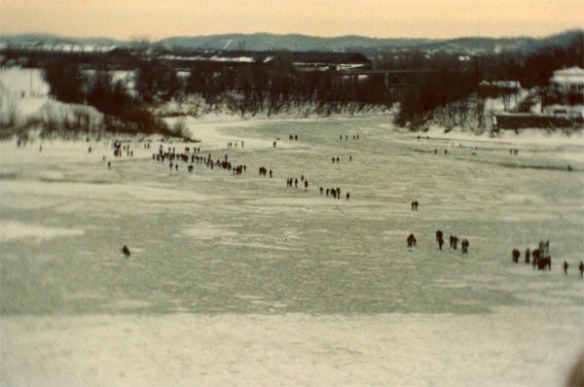
Frozen Ohio River in January 1977; photo courtesy of Edith Suttle
National Weather Service records show navigation up and down the Ohio River past Cincinnati was suspended from January 25 to February 2, 1977. The photo above shows travel across the river by foot was easier than down the river by boat.
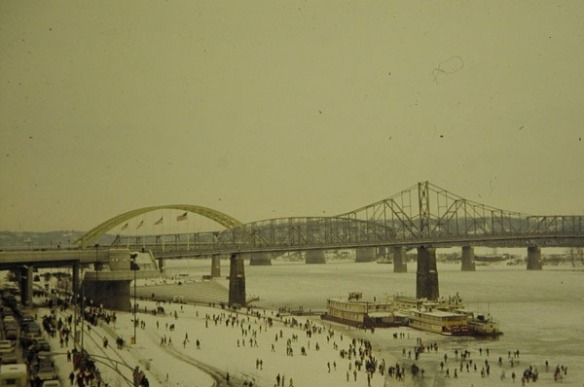
Frozen Ohio River in January 1977; photo courtesy of Cathy Lang
The several party boats were stuck along the shore for days. The Showboat Majestic was surrounded by ice.
Not everyone remembers tornadoes, floods, or hail storms; those weather events often affect a select group of people and don’t always leave a large footprint. Perhaps more than any other Tri-State weather-related event, those who lived through the snowiest, coldest January on record or walked over the Ohio River remember it.



